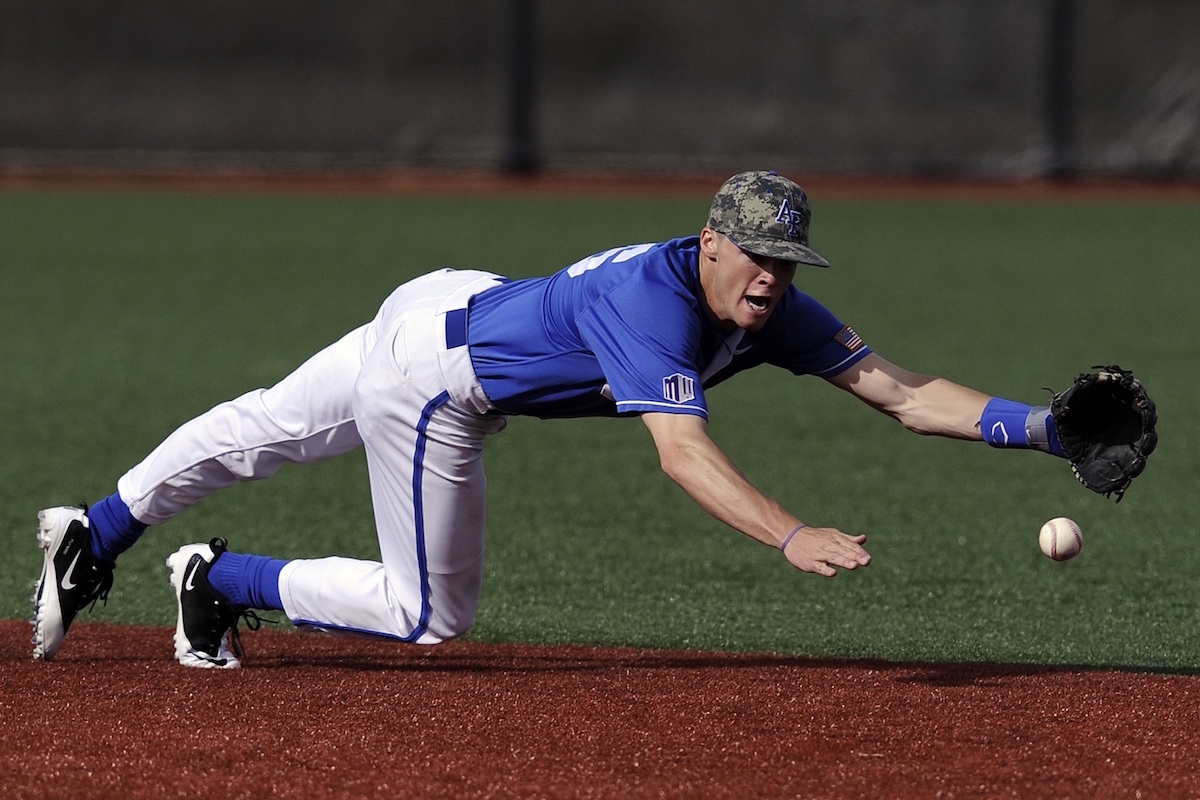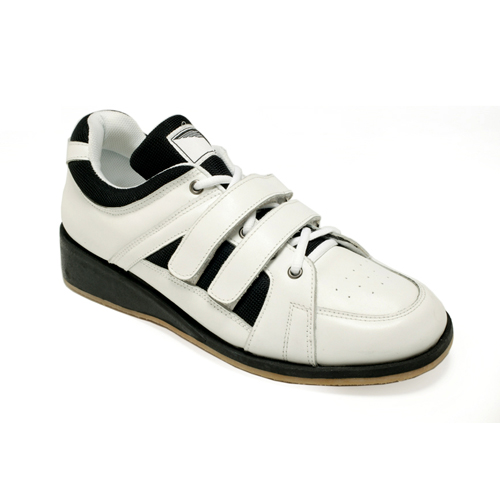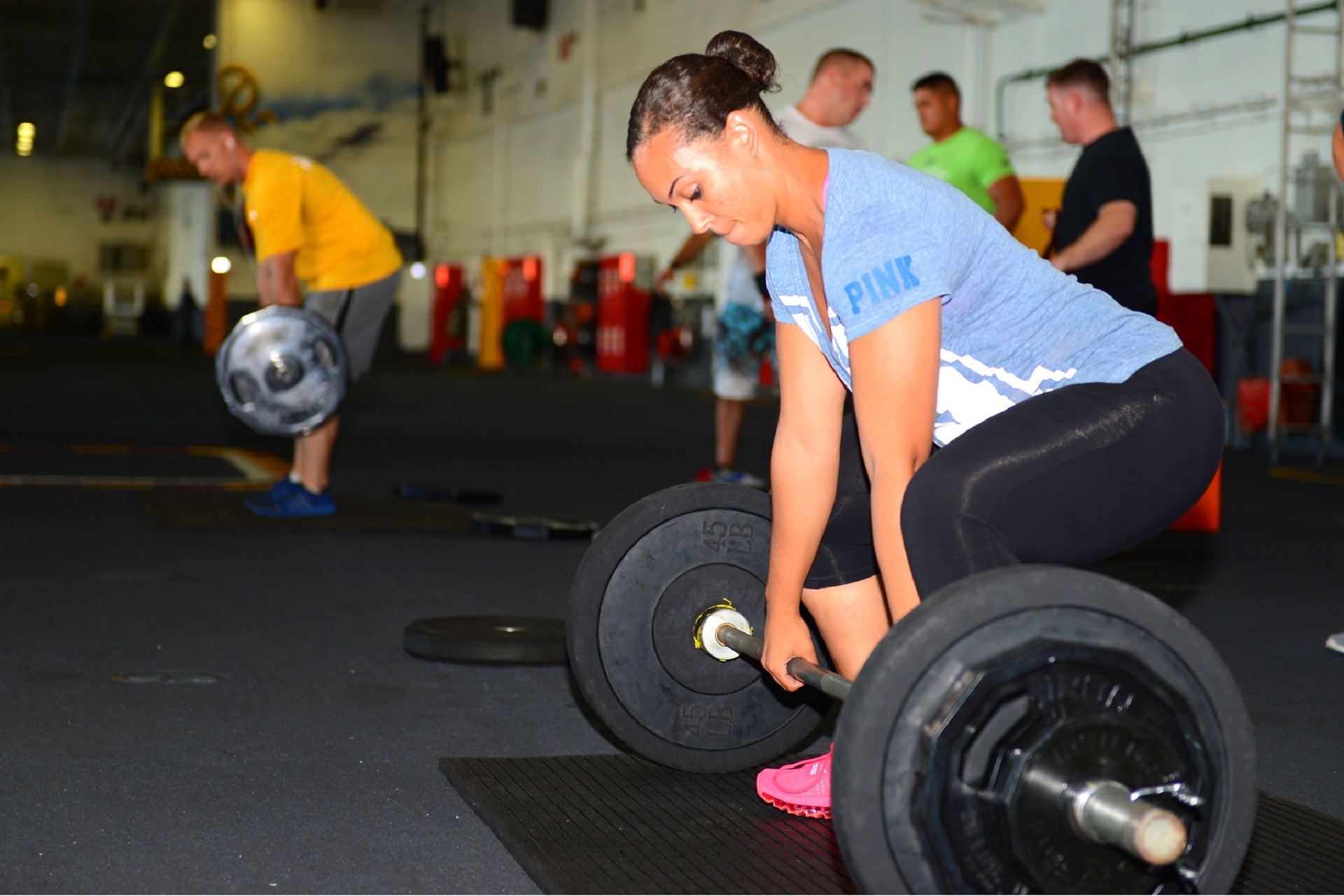When we are looking at speed training, a track and field coach would break it down into training for acceleration (i.e. the process of increasing one’s speed), training for maximum velocity (i.e. running at top speed), and training for speed endurance (i.e. maintaining top speed). All three high slightly different mechanics and different methods of training. There are frequently debates in the literature about where the speed training emphasis should be for non-sprinters (see Brown and Vescovi 2012 for an example of this). Gene Coleman (long-time strength coach for the Houston Astros) and Bill Amonette took a look at this with Major League Baseball Players in the June issue of the Journal of Strength and Conditioning Research.
The authors collected times on 67% of the MLB players from 2007-2010, looking at their sprinting times in games from home-plate to the foul-line and from the foul-line to first-base. There are interesting results from this data:
- Left handed batters arrive at first base a little faster than right handed batters and have a higher average velocity from home-plate to first-base and a greater acceleration.
- When looking at position groups, outfielders were faster than infielders which were faster than catchers when running from home-plate to first-base.
- When looking at position groups, outfielders got from home-plate to the foul-line faster than infielders, which were faster than catchers. From the foul-line to first-base, the outfielders and infielders ran at roughly the same speed – but both groups were faster than catchers.
- There was a modest relationship between player weight and time to first base (a trend for heavier players to get to first base more slowly).
The authors made a number of conclusions based upon the information in this study. First, the left-handed batters arrived at first-base faster than right-handed batters. Second, when breaking the sprint from home-plate to first-base into two parts (time from home to foul-line, time from foul-line to first-base), the time to the foul-line largely accounts for the differences from home-plate to first-base. In other words, the authors are suggesting that acceleration (particularly over 15 meters) may be the most important quality to train when looking at game-specific speed. The authors of this study have incredible access to professional baseball data, which makes this an important study
References:
Brown, T.D. and Vescovi, J.D. (2012). Maximum speed: Misconceptions of sprinting. Strength and Conditioning Journal, 34(2), 37-41.
Coleman, A.E. and Amonette, W.E. (2012). Pure acceleration is the primary determinant of speed to first-base in major-league baseball games. Journal of Strength and Conditioning Research, 26(6), 1455-1460.




